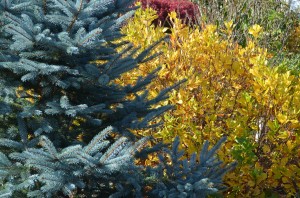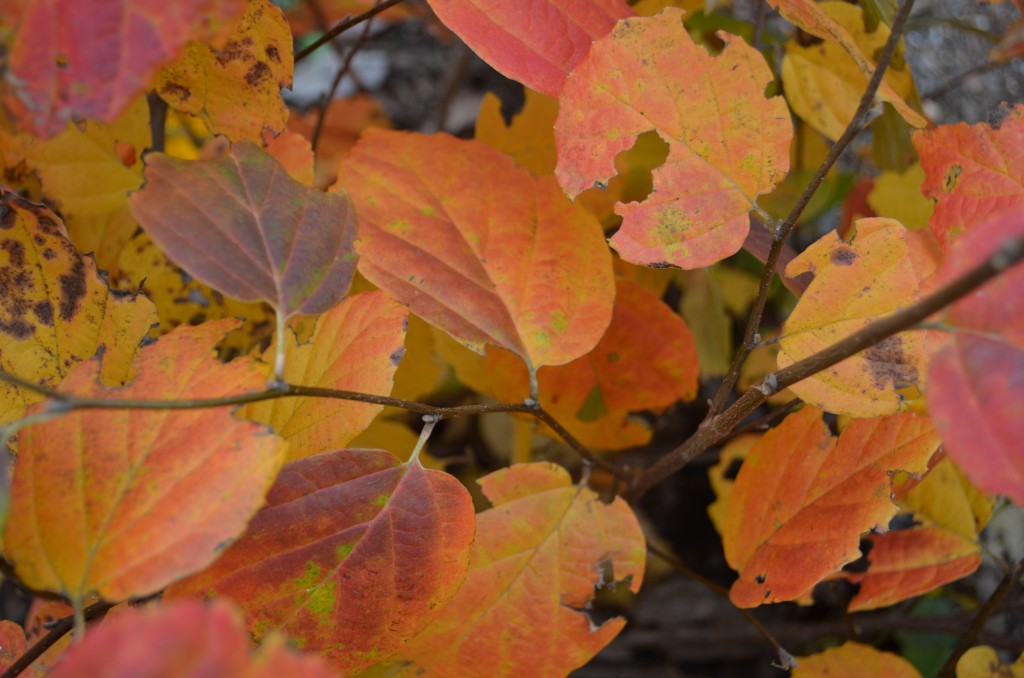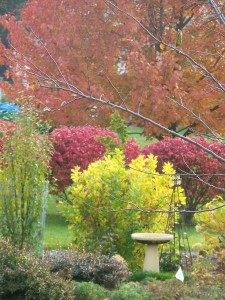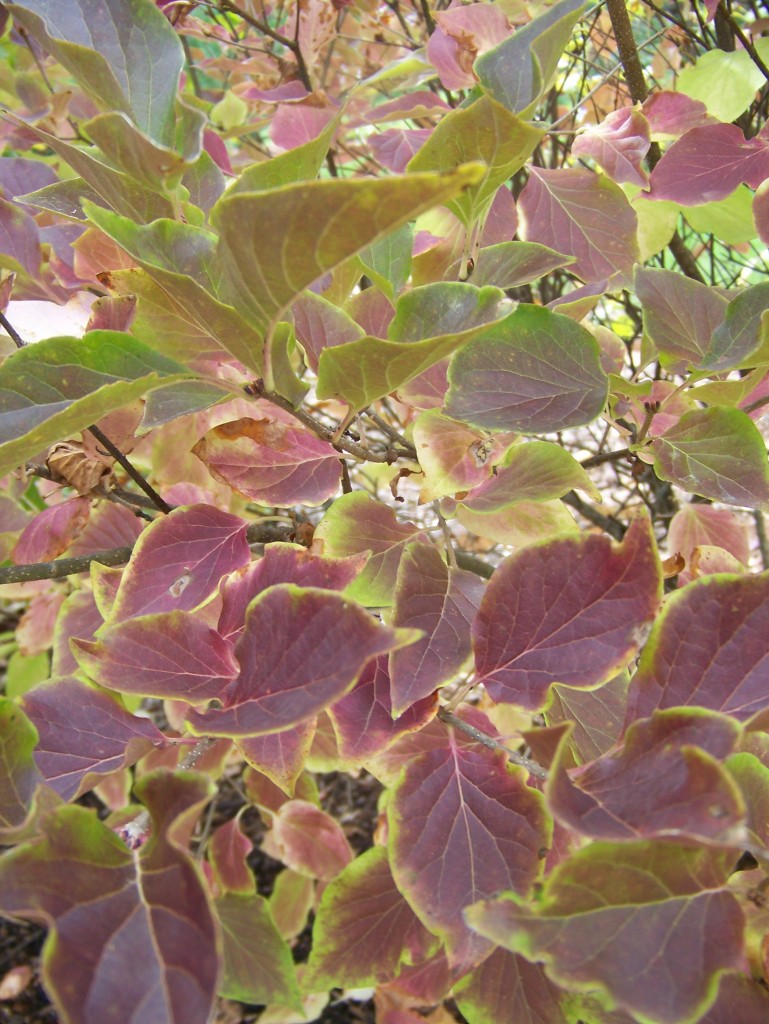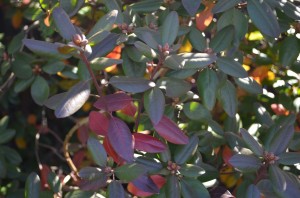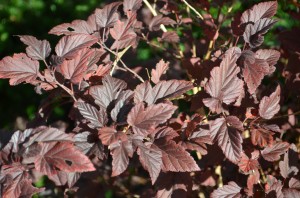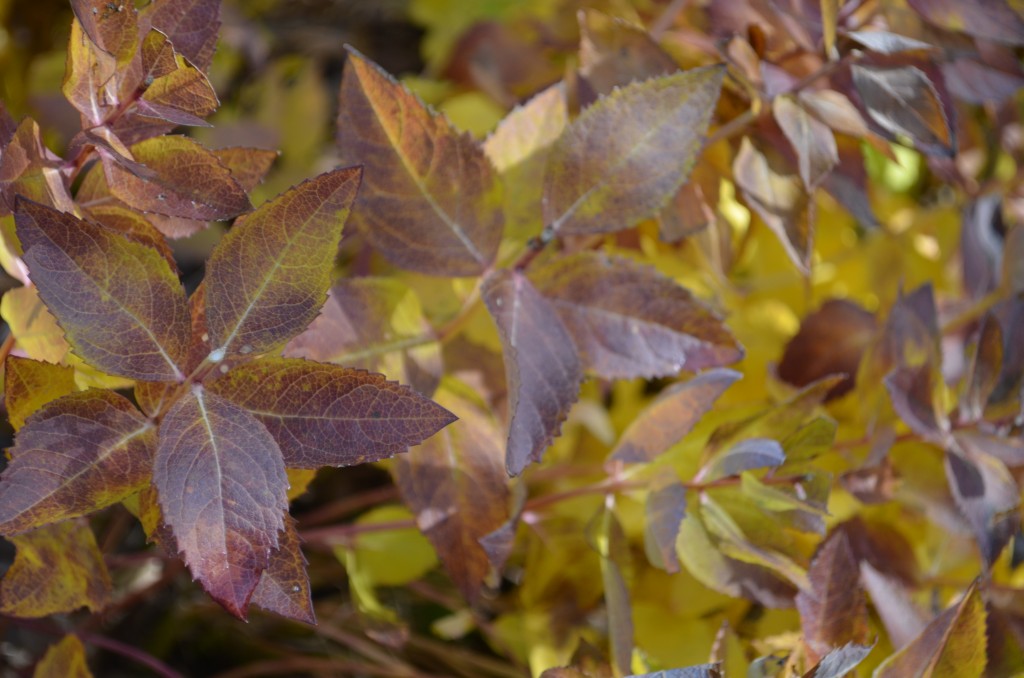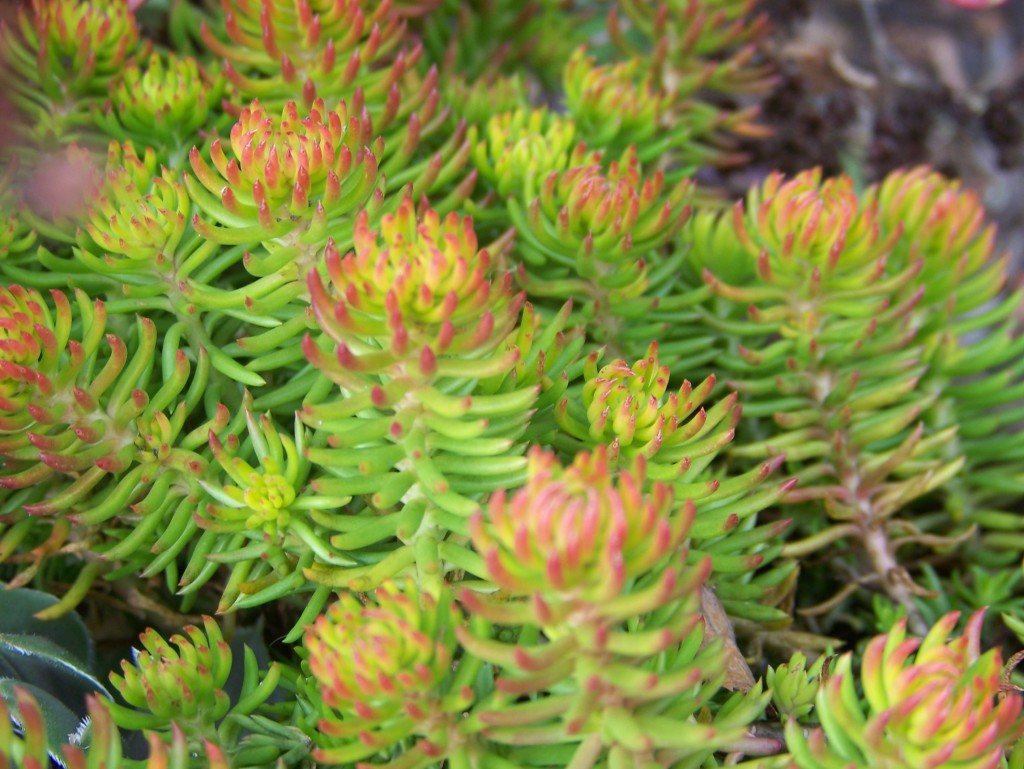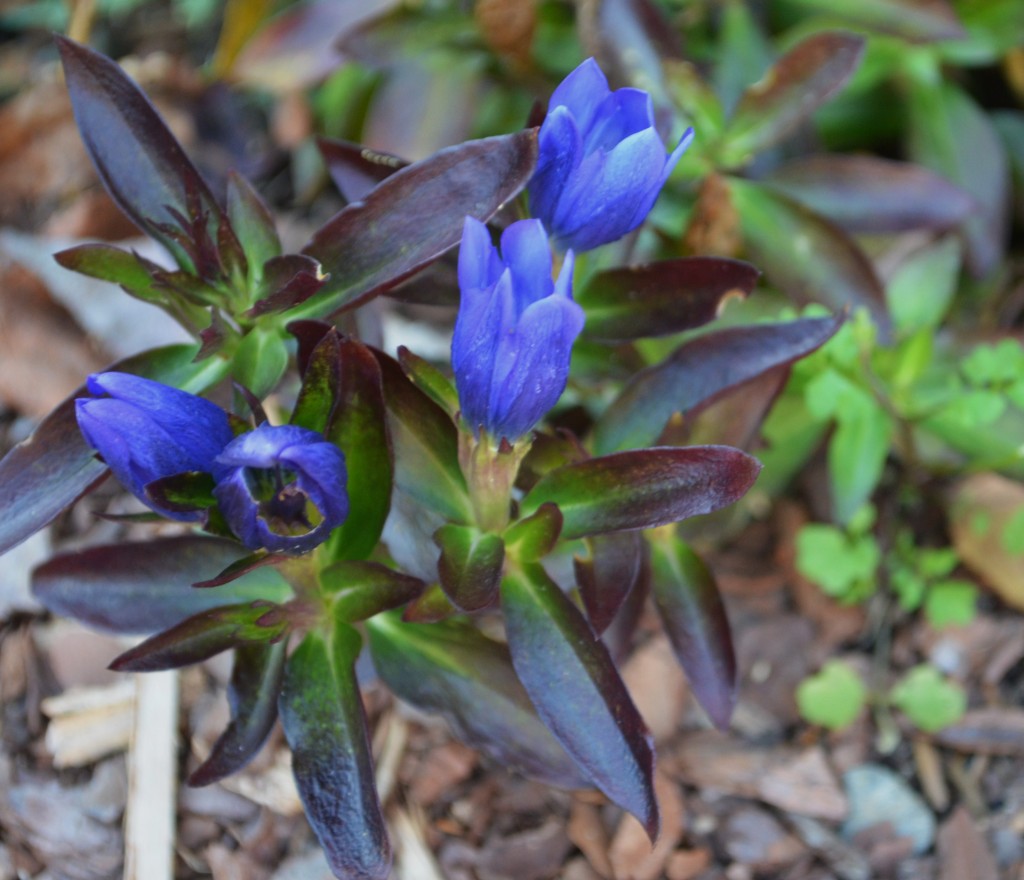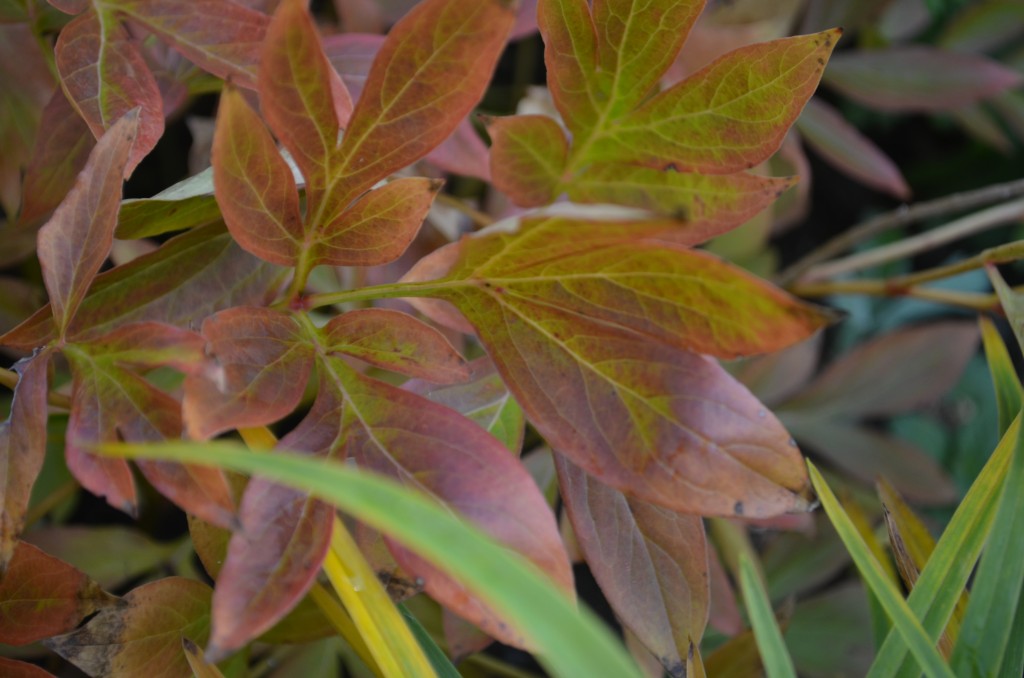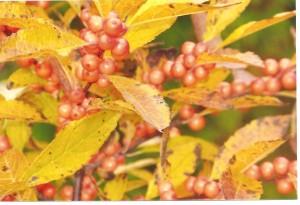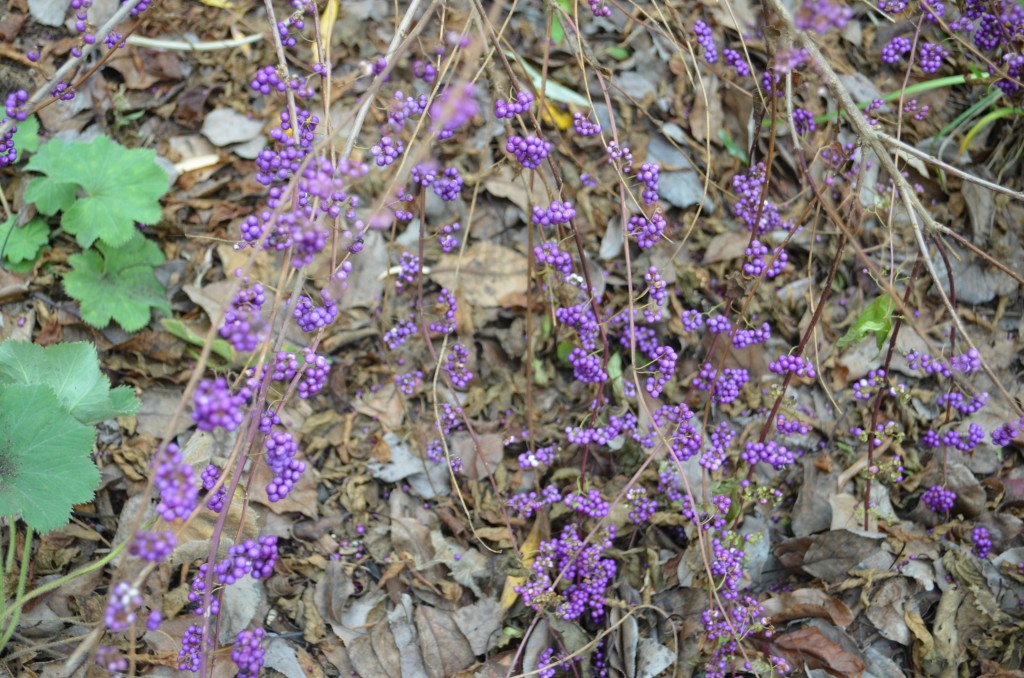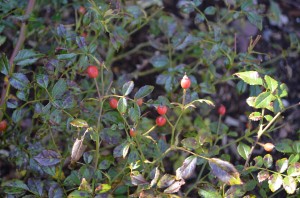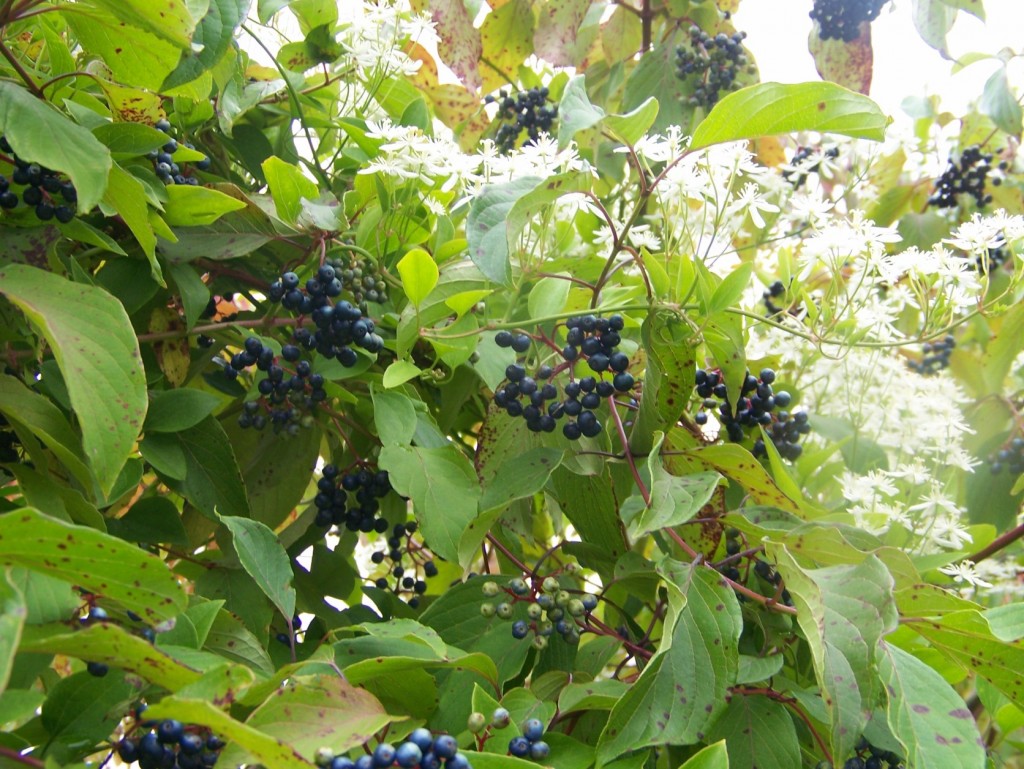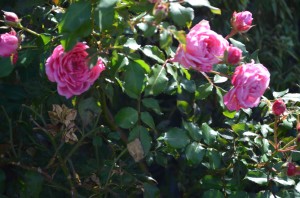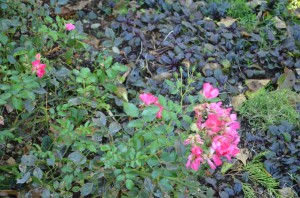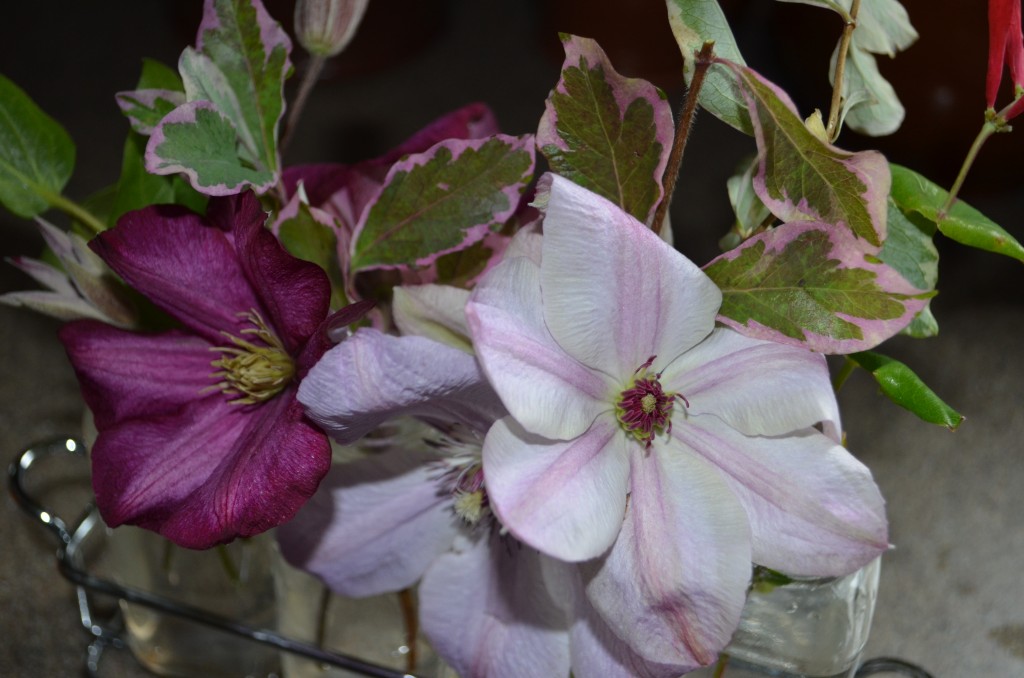Do you feed the birds in your yard? As if I don’t already have quite enough hobbies, I have become strangely preoccupied with the birds.
The birds are beautiful and calming to look at .The bird’s antics are amusing ; a great source of entertainment when the garden has gone quiet, I have even taken to breaking up their spats like I used to do with my kids were little and they were not playing nice, my girls have taken to singing the bird woman song from Mary Poppins to me almost daily….I love the birds.
I quite clearly remember thinking how odd it was that my grandfather used to feed , shelter, and interact with the birds. Maybe it is age, maybe I inherited some eccentricities from him, who knows? but I am clearly on the path to obsession.
Some people will tell you feeding the birds is a no no. The arguments against are ( and I am sure there are more, there always are in any controversy)
-spreading disease from birds flocking at a feeder, which may happen, but will also happen in the wild wherever birds of a feather flock together
-attracting predators, which also may happen , but if you are going to keep an outdoor cat just use common sense and don’t hang bird feeders unless you want to witness the gore. As for the hawks, they will appear , but here they are welcome to help with rabbit control .We have had them swoop in on a mourning dove or two which is violent and horrible to witness, but also jaw droppingly amazing and part of the cycle of nature.
-bird strikes on windows: we have a window mounted feeder that gets frequented by all types of birds ( even the ones who misjudge their size in relation to the feeder and cause me to wince when they land). On the inside of the window are lots and lots of plants, and I do not know if that helps them avoid mistaking the window for sky, but we have had no harmful head banging strikes.
I feel that as long as birds need food and are going to get it somewhere, why not here where I can enjoy them?
Feeding can get expensive once you commit and have lots of birds visiting. To stretch the budget I leave up lots of seed heads in the garden for them to munch (coneflowers, sunflowers )instead of cutting them back and grow many a shrub that puts forth berries for them to snack on ( hollies and viburnums of all kinds, calicarpa, crab apple etc) which both make a cheaper alternative to buying seeds.
I also let the chipmunks bury lots of sunflower seeds for me. Stupid creatures, chipmunks are. They bury seeds to eat later not fully grasping the whole seed+ soil+water = plant equation and the results are lots of sunflowers for me and my birds. Chipmunks are NOT amusing or entertaining to me in the slightest, but I do enjoy their free , if misdirected , labor.
Over time I have come to realize what is important as far as getting the birds to come to you. First is shelter. Scattered all over my property are shrubs I let grow unpruned. They are, by their nature , open branched and perfect for bird hangouts . Pruned bushes are often very dense and woody and not at all accessible to birds. Their favorites are small evergreens such as mugo pine and arborvitae that offer lots of cover year round.
Second is the feeder. By far the most popular feeders here are the platform types that are easy for them to get to and easy for me to fill as well.Into them we put black oil sunflower seeds, a blended berry mix from our local Agway and sometimes even add peanuts and fruit. This time of year I also add suet hanging in the trees. Not all of the birds will eat it, but woodpeckers adore it if it especially if it has insects added.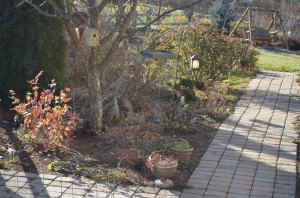
We keep this book right near the bay window to ID who is coming over for dinner.Our most frequent visitor this month was the pine siskin for whom we added thistle seed into the mix in the feeders.
I find feeding the birds one of the great extended joys of gardening. Our first few winters here before the gardens went in were unmemorable, but since the shrub cover and feeders went in I can remember each for the different species and flocks of birds who have visited here in The Burrow. So I ask again, do you feed the birds?
*Some helpful advice from Mass Audobon
